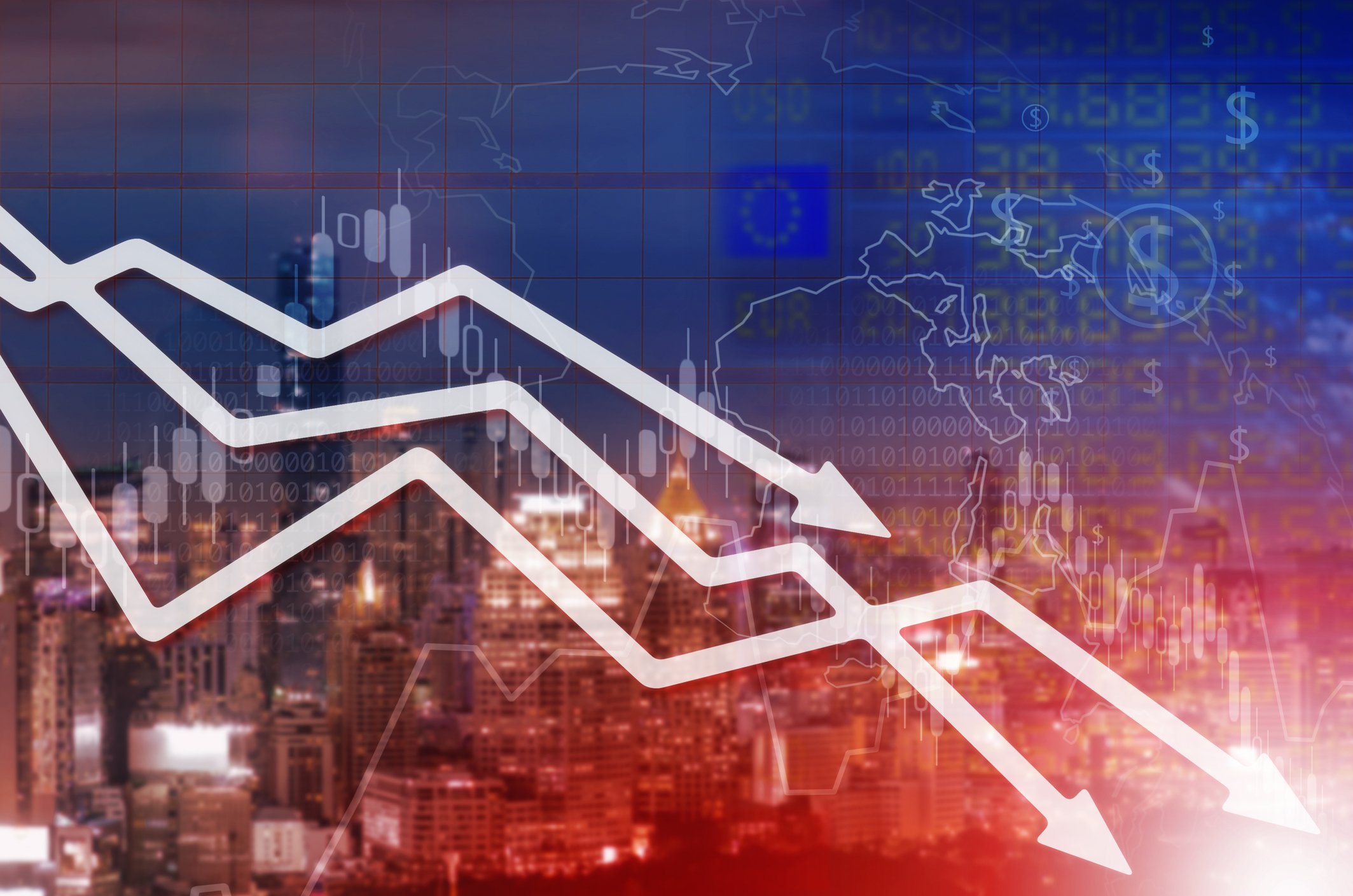Providing surprises on both the top and bottom lines, Ballard Power Systems (BLDP +1.10%), a leader in fuel cell solutions, reported sales of $23.7 million and a loss of $0.03 per share. That beat analysts' second-quarter revenue and earnings-per-share estimates of $22.4 million and negative $0.05, respectively.
Savvy investors know that valuable insight into a company's quarterly earnings report transcends just two figures, so let's take a closer look at the company's report to gain a better understanding of its progress in the second quarter.
1. Coming as no surprise
Although Ballad's success in topping analysts' revenue estimates may energize some investors, those familiar with the company know that, in fact, it's nothing to get too excited about. Unwilling to provide extensive guidance, management has maintained that the company will book sales of about $97 million in 2019, same as it did in 2018. With Q2 sales of about $24 million, it brings the company's year-to-date total to $40 million. That's about $7 million less than what the company reported in 2018, but it's still poised to meet its annual estimate.

Image source: Getty Images.
The difference in performances between the two years is primarily because in October 2018, Ballard sold off its subsidiary, Protonex, which provides fuel-cell solutions for mission-critical military applications. Management, however, contends that an increase in material handling revenue will compensate for the contributions to the top line, which will be missing as a result of the disposition of Protonex.
If the trend established in the first half of 2019 extends through the second half of the year, management's expectation may be realized. Compared to the same period last year, material handling revenue has increased $3.9 million, while portable power revenue (which relates to Protonex) has decreased by $4.4 million.
2. Bowled over by the cash flow? Don't let the champagne flow just yet
A cursory glance at Ballard's cash flow statement from the second quarter may have some investors reaching for the bubbly: The company reported positive operating cash flow of $1.7 million. And since fuel-cell companies rarely generate positive cash flow (this is Ballard's second time doing it over the past 10 quarters), Ballard's Q2 achievement may seem like a worthy cause for celebration. But investors should temper their excitement. On the company's Q2 conference call, Tony Guglielmin, Ballard's CFO, implied the positive operating cash flow stems largely from the company's deft management of its working capital in the quarter.
Providing a peak at the remainder of 2019 in terms of the company's liquidity, Guglielmin stated that while the company has reduced its cash pile by about $30 million in the first half of the year, he expects the company will "burn in the second half of the year, roughly the same as the first half." If his assessment is correct, it suggests that Ballard will still have about $134 million in cash on its balance sheet.
3. Breathing new life into an old partnership
While Ballard's success in China has largely been synonymous with its partnership with Weichai, the company's stumbling lack of progress in its joint venture with Guangdong Synergy has been a reminder that success in the Asian market is far from a certainty. Facing uncertainty in Q3 2018 regarding sales of its material electrode assemblies (MEA) to the Guandong Synergy-Ballard joint venture, Ballard decided to remove the value of the contract from its order backlog.

Image source: Getty Images.
Having remained in discussions with the joint venture, though, Ballard noted on its conference call that it "made excellent progress on these discussions" and signed an amended stack assembly license and MEA long-term supply agreement with the Synergy-Ballard joint venture. Of the $8 million to be delivered in 2019 related to the MEA supply agreement, Ballard recognized revenue of $1.1 million in Q2.
Besides Ballard's success in revitalizing its Synergy joint venture, the company secured orders from Norled A/S, one of Norway's largest ferry and express boat operators, among other customers; consequently, Ballard grew its order backlog more than 12% from $188 million at the end of Q1 2019 to a current value of nearly $212 million.
Long-term investors are feeling the power
Whereas news that Ballard had made progress in reaching a long-term supply agreement with the Synergy joint venture certainly was unexpected, Ballard's second quarter didn't reflect any major surprises. Revenue, while slightly beating analysts' expectations, was consistent with management's previous commentary, and the positive operating cash flow -- though a minor shock -- didn't indicate that the company had suddenly turned a corner. In the second half of the year, investors should expect revenue to be flat compared to 2018. But more importantly, they should look for Ballard to continue securing new orders and growing its backlog -- a sign that the company retains some hope of reaching profitability.






